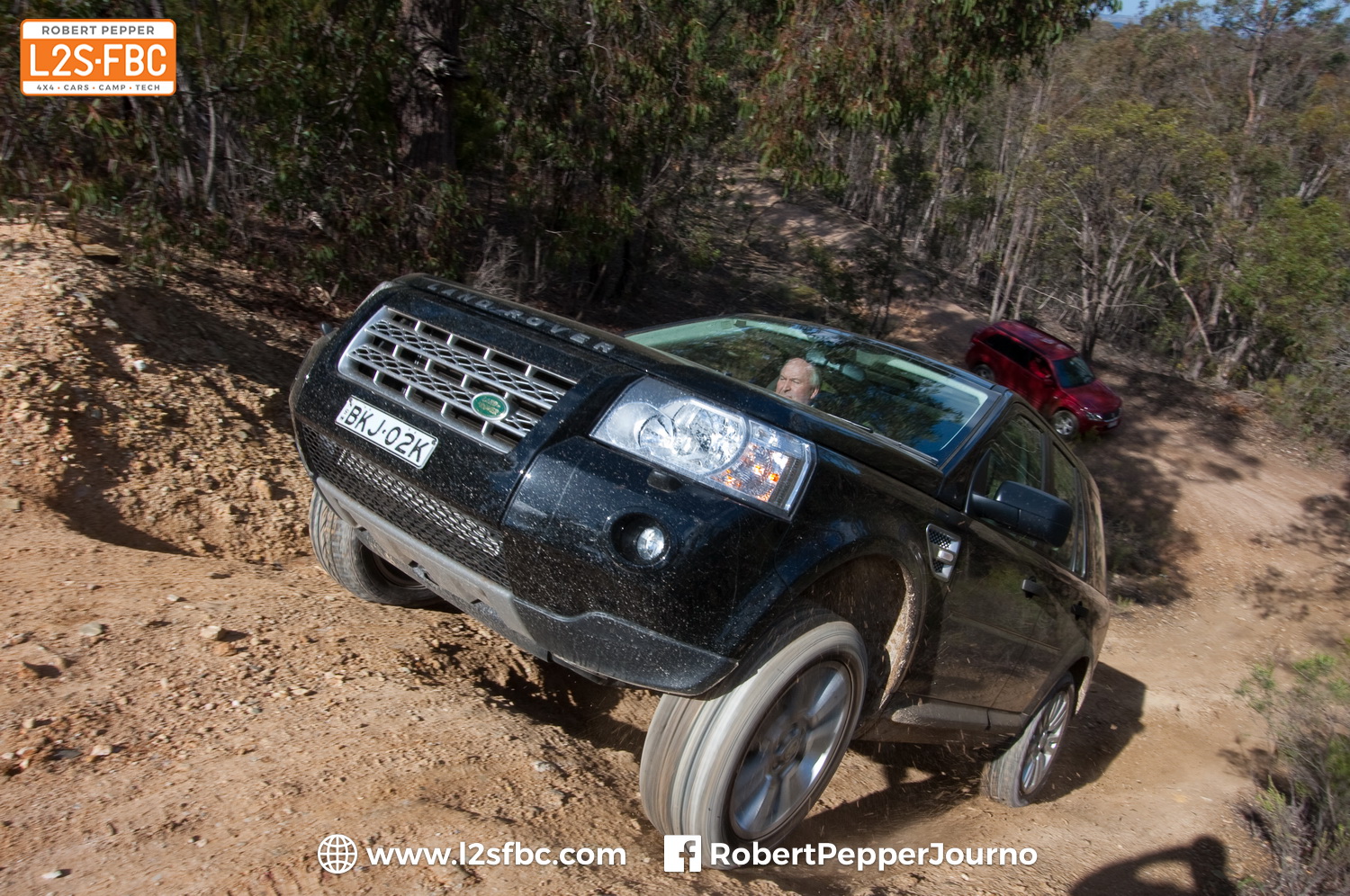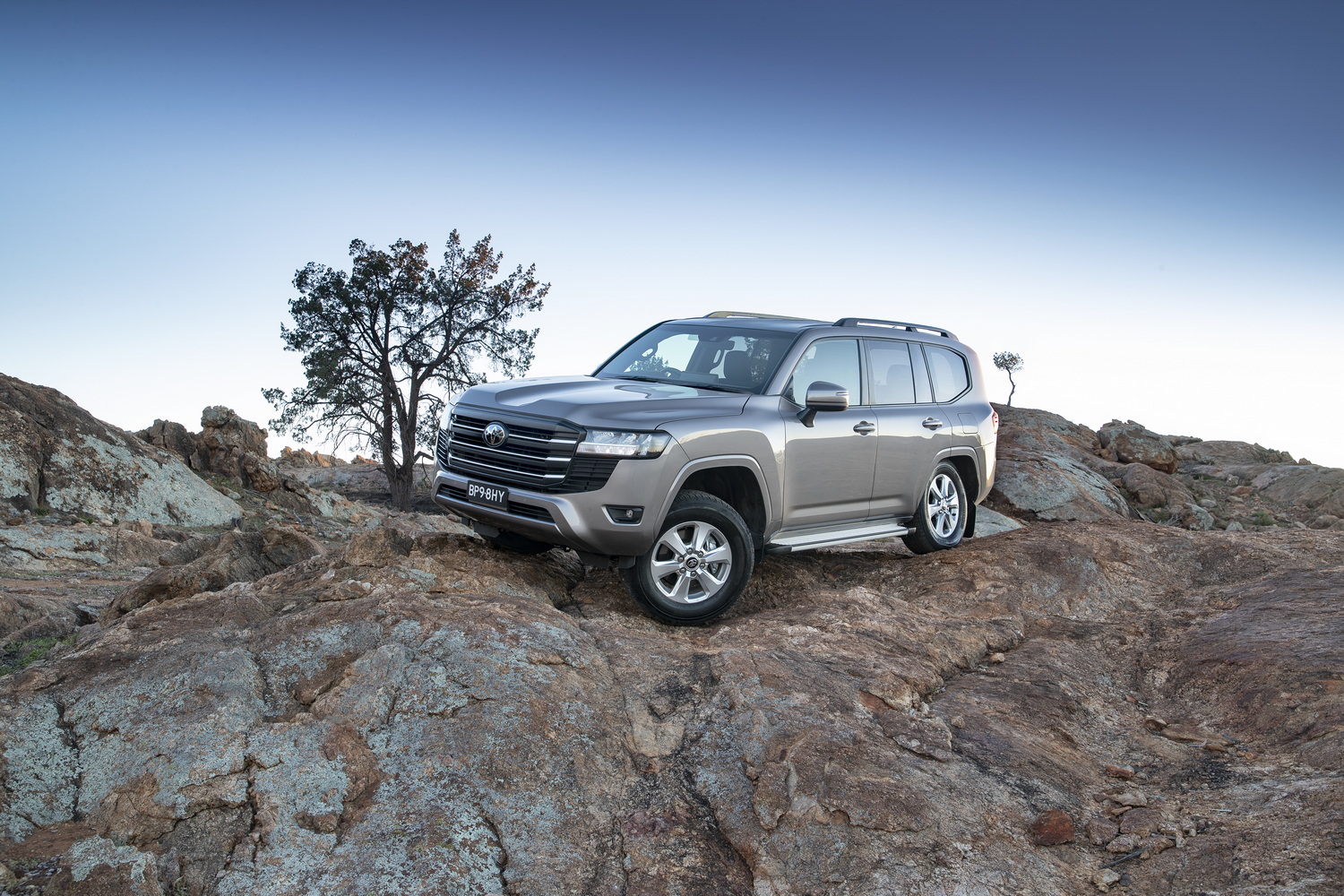
Keystarting on hills – but what if you can’t?
Hills are one of the most dangerous techniques you can encounter when you’re offroading, and you’re not always going to successfully climb every hill you attempt. So it’s very important to have a good, safe technique for the times when things don’t quite go according to plan. There’s lots of detail in the Handbook on this subject, but here we’ll deal with a specific class of vehicle – manual cars that cannot be keystarted.
The time-honoured method for a failed hill climb in a manual vehicle is to stall in gear, select reverse, start the car in gear – the keystart – and down you come. But some manual vehicles cannot be keystarted because they have an override preventing engine start without the clutch being depressed. There are of course modifications to make, but not all owners will want to or may have had time to do that. Warranty may be affected, and it is possible roadworthy requirements may be breached with subsequent effects on insurance. So does all this mean these non-keystart vehicles cannot safely be used on hills? Not at all. For the purposes of this discussion it is assumed the hill in question has sufficient traction such that the vehicle can remain stationary on the hill, as opposed to say a muddy incline where once stopped the vehicle slides backwards, all four wheels locked. In those situations you wouldn’t want to be keystarting, you’d get into reverse as quickly as possible. And it is also important to note that vehicles with automatic transmissions don’t use the keystart technique – instead, the vehicle is brought to a halt, reverse selected, the brakes applied and then the throttle increased such that the engine overcomes the drag of the brakes and moves the vehicle down the hill. This is referred to as driving through the brakes.
In order to determine a suitable failed-hill technique for the non-keystart manuals we need to examine what problem it is that we’re trying to solve. The answer is that we’re reducing the probability of a skid. A skid in this context is defined as a wheel locking up such that the wheel is not rotating, yet the vehicle is moving. It is important to avoid skids because skidding reduces the lateral grip of a tyre and without lateral grip there can be no steering or control of the descent. The overall retardation force exerted by the wheel may actually be increased by a skid, and that is a benefit, but one unlikely to be outweighed by the loss of steering control and lateral stability which is in turn likely to lead to the vehicle slewing sideways and potentially rolling over.
So that’s why these techniques of keystarting and driving through the brakes exist – to avoid skids. The next question is how the techniques mitigate the skid problem described above, because with that understanding we can select other techniques which achieve the same result.
When a vehicle reverses down a hill at a constant speed there are two forces at work. One is the vehicle’s momentum, which causes the wheels to rotate. Unchecked, the vehicle would of course accelerate down the hill. The other is the braking force applied to the wheels. When the two forces are equal the vehicle’s speed is constant.
The braking force that can be applied to the wheel is a function of the traction available, and the traction available is largely a function of the nature of the terrain. Thus, if the terrain becomes such that insufficient traction is available for – a slippery patch – then the wheel will lock up, causing a skid, because the required braking force exceeds that of the traction available. And we know we don’t want skids!
Both the keystart and drive-through-brakes techniques have at their heart the same principle, which is causing the wheel to turn at a given speed, rather than braking it. If a wheel is forced to turn at a given speed then when a slippery patch is encountered the wheel does not lock up, but continues to rotate, and therefore the vehicle retains some steering control and lateral grip.
The key point is therefore that any hill descent technique must use some mechanism to overcome the problem of wheel lockup. The key/on off technique and driving through the brakes force wheels to rotate at a set speed. In contrast, the electronically controlled Hill Descent Control detects potential individual wheel lockups and modulates each wheel’s brake to avoid the lockups. Both systems achieve the same objective of avoiding skids and therefore retaining lateral grip and steering control.
Finally we come to the problem vehicle, a manual that cannot be keystarted. We know that the critical factor is to force the wheels to turn at a slow speed (or some other equivalent to avoid braking), so what technique can be used to achieve this in lieu of a keystart?
The only difference in technique between the problem vehicle and a normal manual is in the final key-on starting technique. While a keystart cannot be used, it is possible to borrow the technique of the automatic car for use in this situation, as follows:
Failed Hill Climb: Non-keystart manuals
The vehicle should be in low range for this process. Refer to the 4WD Handbook for a description of how to drive softroaders (no low range) manual vehicles.
- Stall the vehicle in-gear and secure it as usual – parkbrake on, ignition off, foot on footbrake. Prepare to reverse as usual – plan the descent, check wheel direction, mirrors.
- Once ready to descend – dip the clutch and keep it down. Keep the foot on the footbrake throughout this process.
- Start the engine
- Select reverse
- Release parkbrake, check mirrors etc one final time
- Reduce footbrake pressure such that the vehicle is still stationary but ready to move down the hill in the next step.
- Smoothly and gently lift the clutch, while maintaining the footbrake pressure, so the vehicle is driving through the brakes.
- Continue to lift the clutch until it is fully up, then reduce footbrake pressure as required. At this point the vehicle can be driven in an identical manner to a normal manual.
Everything should be done smoothly and gradually.
This technique as shown above meets the criteria of forcing wheels to turn slowly to avoid a skid. There is little danger of a stall with this technique as gravity is assisting the vehicle downhill, and 4WDs have plenty of torque in low range so there is no need to use the throttle. In fact, with many vehicles it is extremely difficult to stall the car when in reverse and moving downhill – which is of course why we teach people to turn the engine off to stop when descending.
If the vehicle needs to be suddenly brought to a stop, then like a conventional manual the engine can be turned off with the key and the footbrake applied.
There is little extra wear and tear on the vehicle as the clutch is only used briefly, and the engine is at idle. It is not the case that the clutch is extensively slipped at high revs.
Compared to the normal keystart technique this alternative does require more skill and a fine touch with the clutch, therefore I do not recommend it for beginners. However, it is useful for advanced drivers regardless of vehicle as the technique can be used to reverse more slowly down a hill than would be the case if the clutch was entirely up.
Whatever vehicle you drive, there’s always a way to drive it offroad, even if it means challenging the usual things have always been done.
NOTE: While unrelated to the failed hill climb scenario there is another disadvantage to not being able to keystart, and that is not being able to move the vehicle on battery power without the engine running. A good example of this was one of my first 4WD trips in NZ where I stalled the car in fairly deep water and had to resort to a series of keystarts to inch forwards out of trouble. This technique does require a strong battery and even then only works for a short while, but it work it does.


